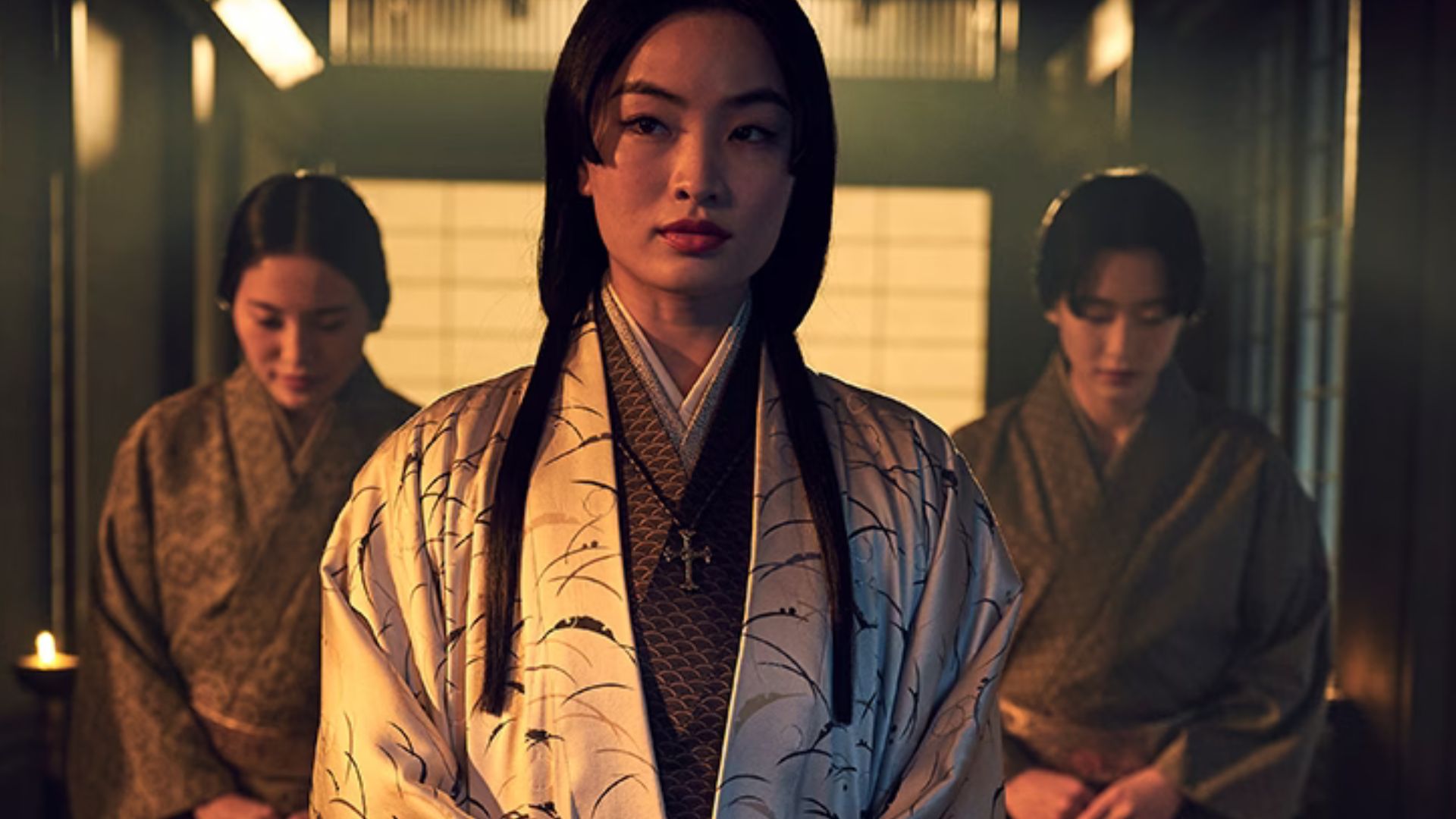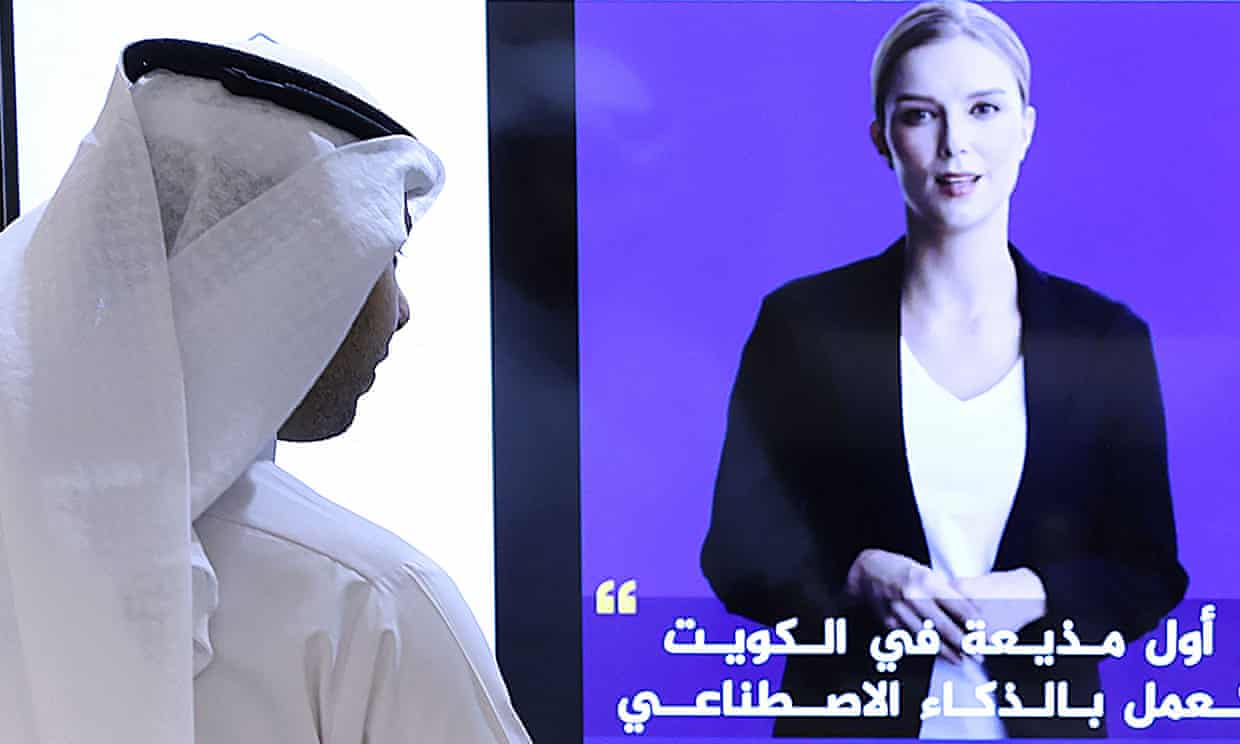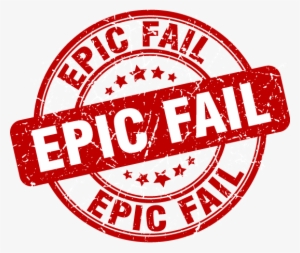Posted by: 90sRetroFan
« on: April 15, 2024, 05:46:24 pm »Encouraging find by our enemies:

https://incels.is/threads/japan-is-starting-to-get-annoyed-of-white-people.597856/
Well done Tokyo Metro!

https://incels.is/threads/japan-is-starting-to-get-annoyed-of-white-people.597856/
Quote
This pic is the Toky Metro where they show a white guy cutting in line.Meanwhile they also show a **** being respectfull and in line. Jfl at japs.
Quote
The funny part is look at the jaw they are portraying there.
Well done Tokyo Metro!







